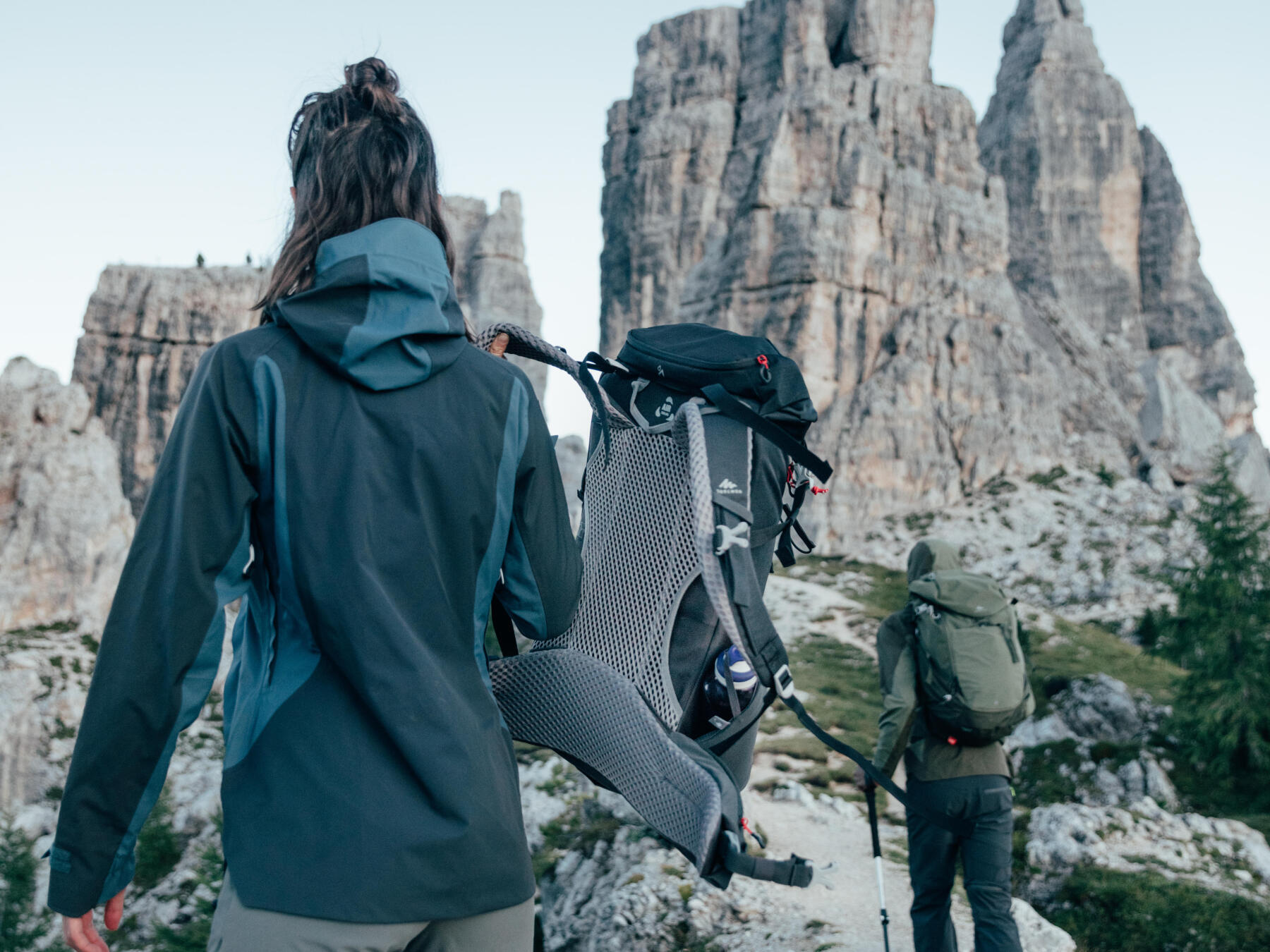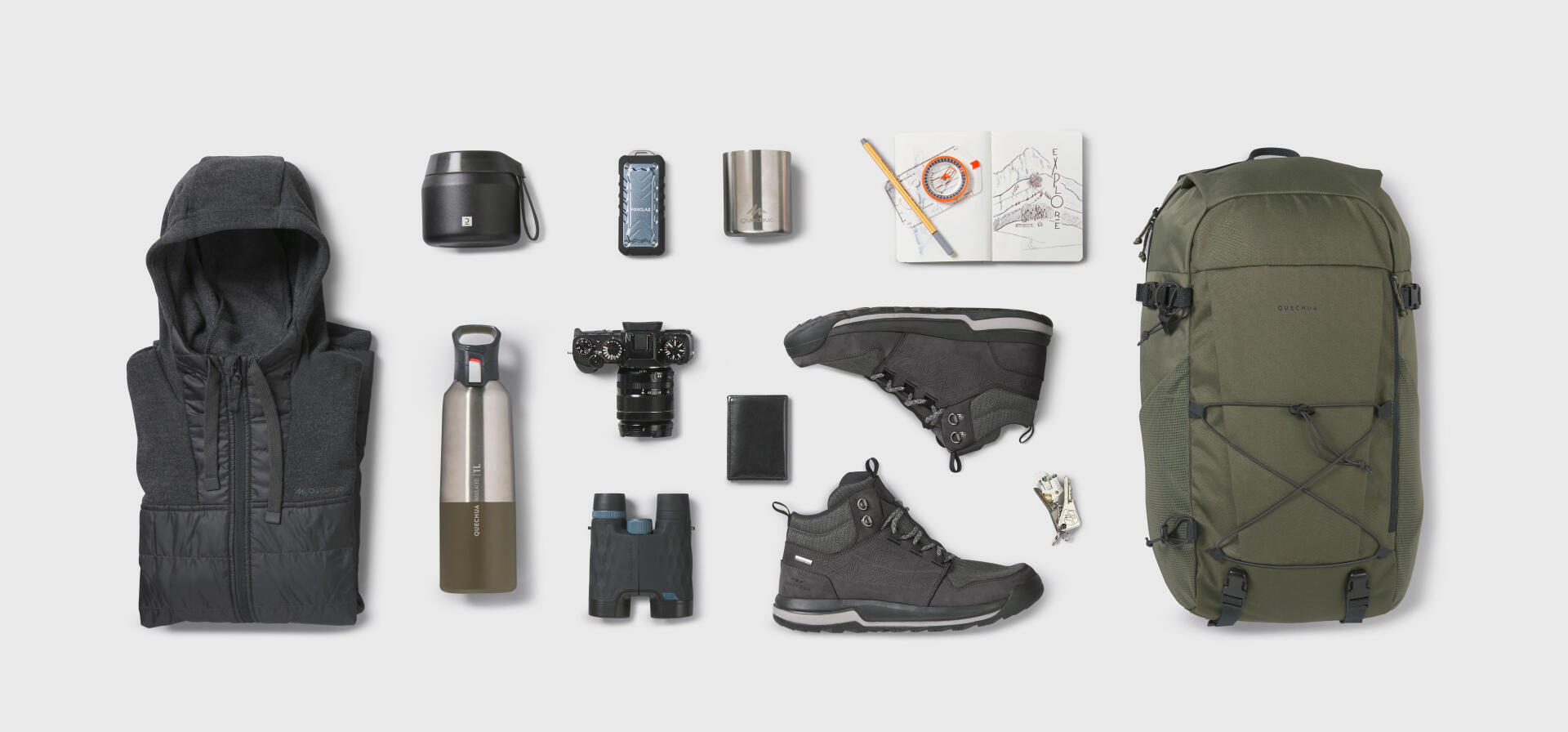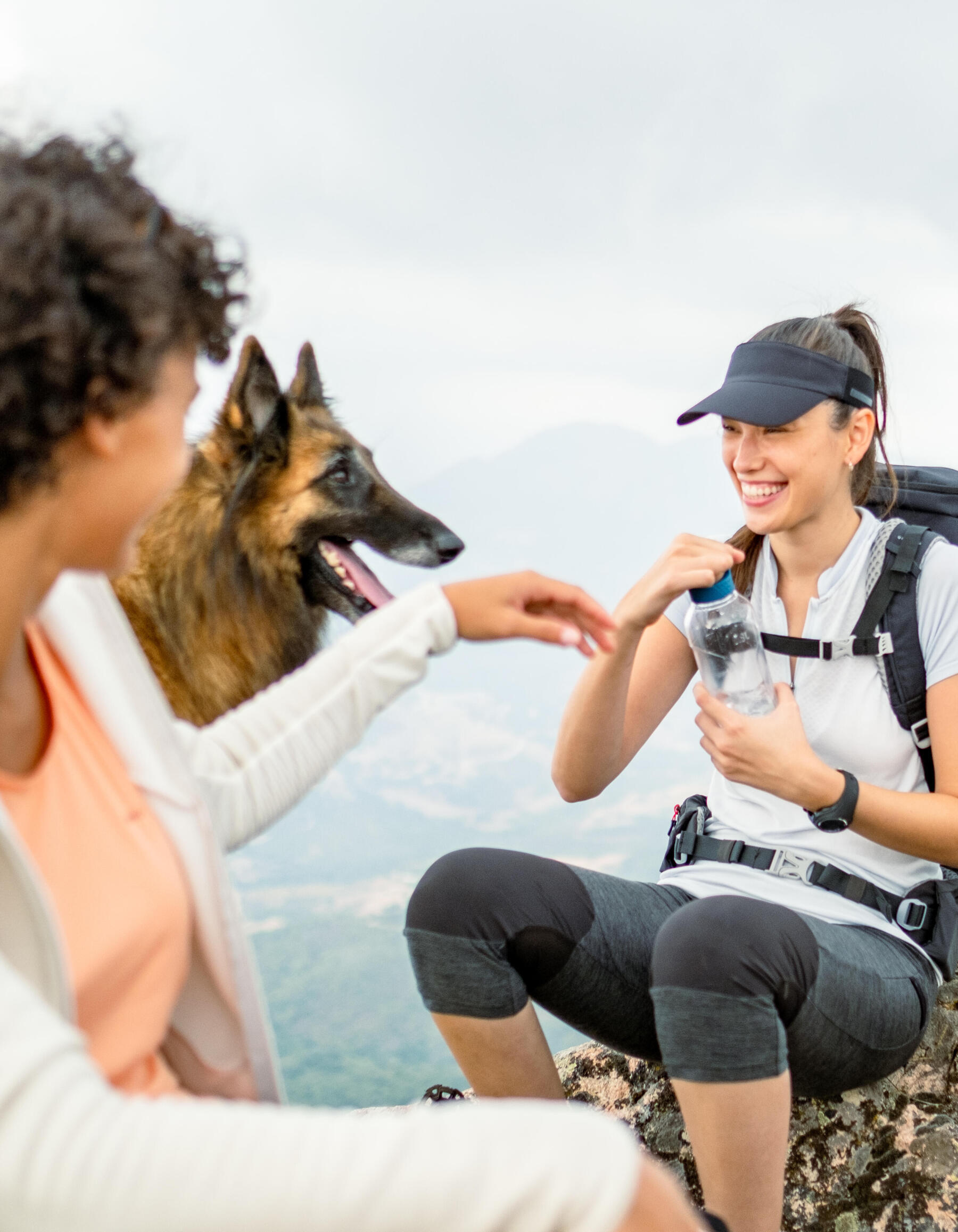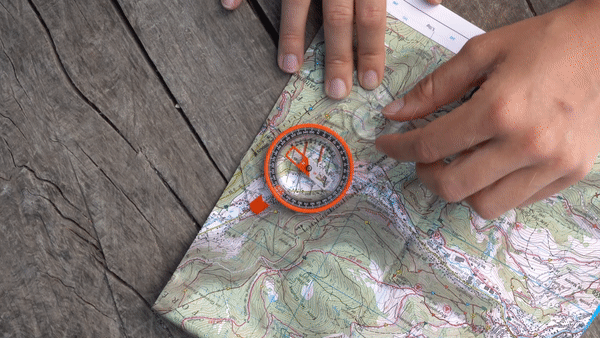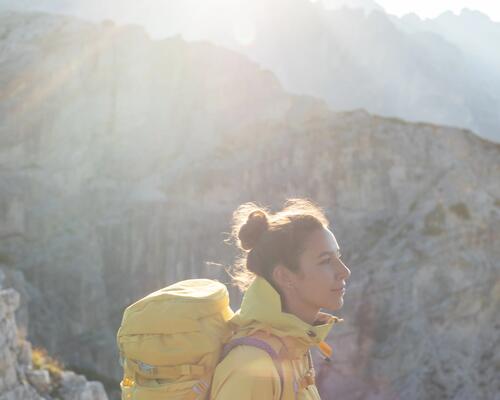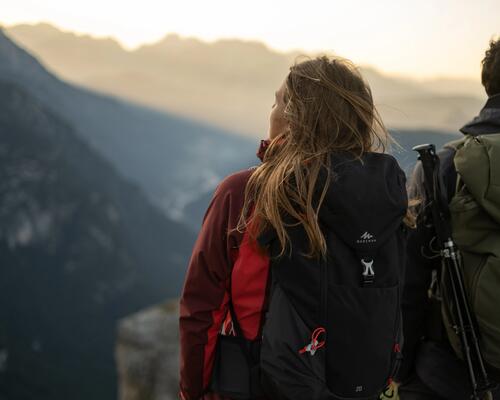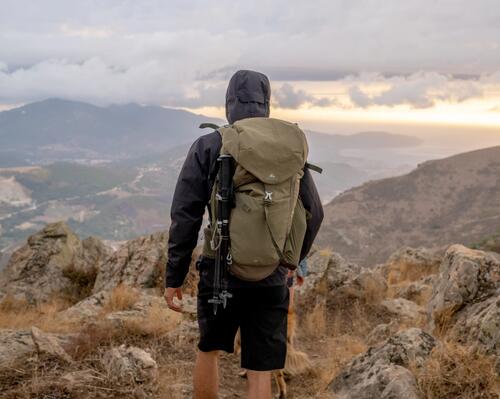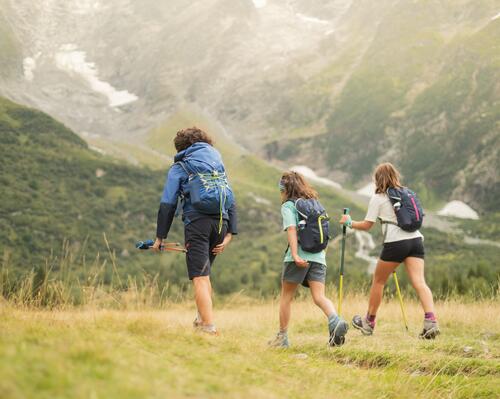Are you planning a backpack for the day?
Choosing the best mountain bag (hiking or trekking?) :
For a day hike, we recommend you equip yourself with a small volume backpack (up to 20L) to keep it light.
However, if you’re heading off for several days or have to carry the belongings of your fellow walkers or kids, a 20 to 40L bag (see more) may be more suitable.
Are you undecided between a hiking bag and a trekking bag? The hiking backpack is intended for a day’s adventure while the trekking bag will be more suitable if you’re heading off for several days with a lot of equipment (sleeping bag, tent...).
Whatever your type of hike, we recommend that you at least wear a comfortable backpack, equipped with lots of pockets and a waterproof cover , for optimal comfort.
The ideal backpack for a hike should be well adjusted to your size. For better comfort, the bag should be adjusted at the shoulder straps and waist belt, if there is one. Also go for good back support, opting for a model with a tight, ventilated mesh in the back. Proper adjustment of the bag avoids breaking your back and makes the most of your hike.

